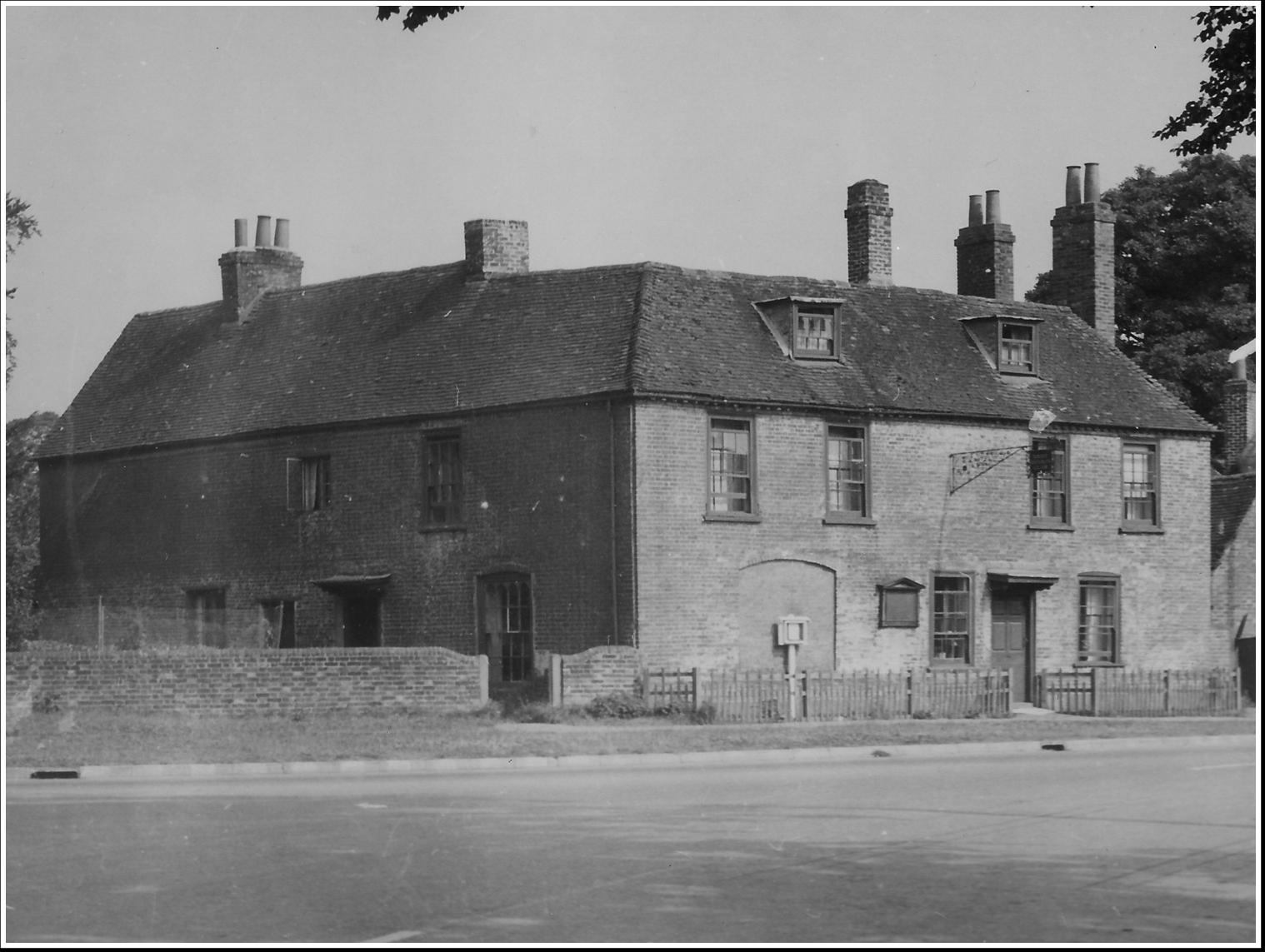‘Memories and Memorials’: 75 years of Jane Austen’s House
‘However certain of an author’s immortality, most readers are conscious of the need of a shrine of some sort, a place of pilgrimage, full of memories and memorials. Just such an opportunity has arisen for the lovers of Jane Austen’. The Illustrated London News, 28 December 1946This exhibition was curated to commemorate the 75th anniversary of Jane Austen’s House opening as a museum. Objects on display include those which were used to celebrate and remember the opening of the House in 1949, and to discuss the work done to procure and renovate it.
The work to acquire the house and turn it into a museum occurred within the historical context of World War Two. Therefore, this exhibit also explores Jane Austen’s connections to the world wars. In researching this, we have uncovered some interesting aspects of soldier’s lives which help to challenge ideas that Jane Austen’s novels, and other recreational activities, were reserved for an exclusively female audience.
Enter the exhibition:
Credits:
This display was guest-curated by Rachel Millar, a PhD researcher at University of Glasgow funded by the Scottish Graduate School of Arts and Humanities Doctoral Training Partnership (SGSAH). Her research is focused on representations of women’s work in the First World War in visual media. She is particularly interested in artworks and objects which had been used in centenary commemorative projects on national, regional, and community levels. Her work utilises object studies and combines theoretical concepts from history, art history, and museum studies. She holds an MSc in Art History: Collecting and Provenance in an International Context from the University of Glasgow and a BA (Hons) in History from the University of Strathclyde.
Building on the confidence gained from her SGSAH internship at Jane Austen’s House, Rachel has created displays for the University of Glasgow’s International Women’s Day celebrations. She was an exhibitor at SGSAH’s 2024 research showcase in which she represented aspects of her thesis using scrapbooking curatorial techniques found in her historical object studies. She is entering the final year of her PhD after which she hopes to work as a museum curator.
